Home>Storage & Organization>Kitchen Organizing Tools>How To Train A Puppy To Use A Litter Box
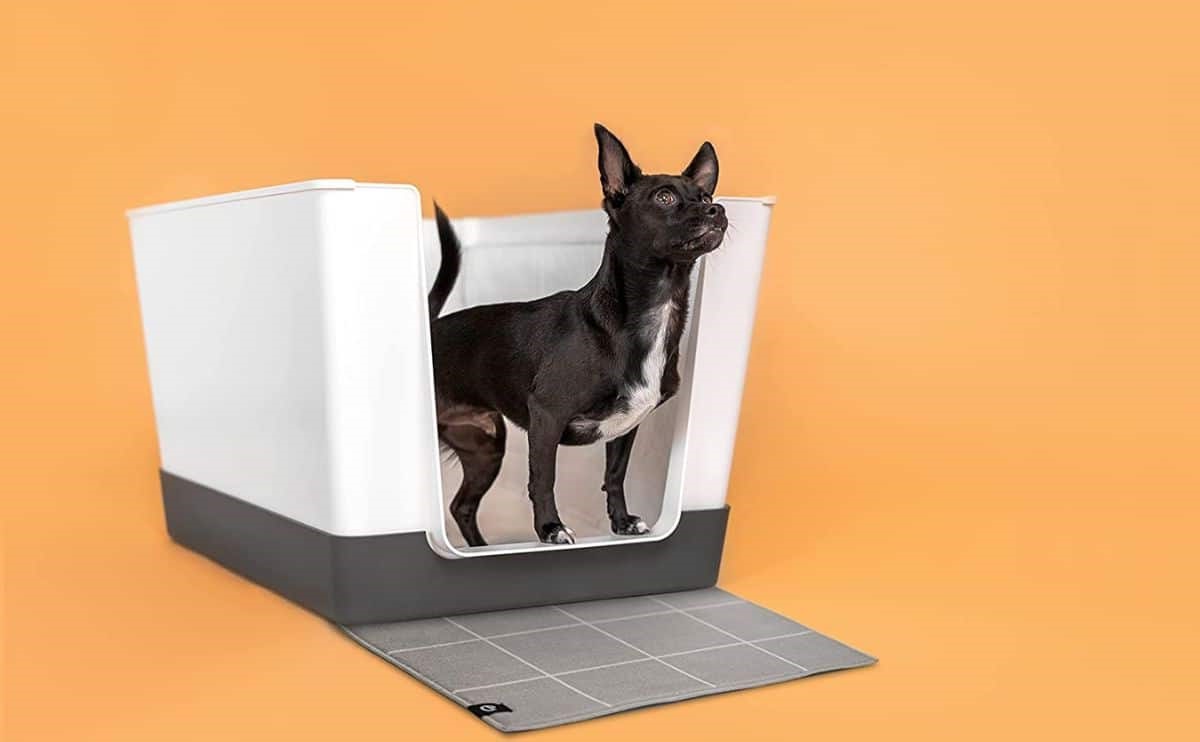

Kitchen Organizing Tools
How To Train A Puppy To Use A Litter Box
Modified: February 26, 2024
Learn how to train a puppy to use a litter box with our expert tips and kitchen organizing tools for a clean and efficient solution. Discover the best methods today!
(Many of the links in this article redirect to a specific reviewed product. Your purchase of these products through affiliate links helps to generate commission for Storables.com, at no extra cost. Learn more)
Introduction
Litter box training is a valuable skill for puppies, offering numerous benefits for both the pet and the owner. While traditionally associated with cats, litter box training can also be successfully implemented for puppies, providing a convenient and hygienic solution for indoor potty needs. By understanding the fundamentals of this training method and following the right steps, pet owners can effectively teach their puppies to use a litter box, promoting a harmonious living environment and fostering a strong bond with their furry companion.
Litter box training offers a practical solution for pet owners who reside in apartments or homes without easy outdoor access. It provides a designated area for puppies to relieve themselves, minimizing accidents and maintaining cleanliness within the living space. Additionally, for individuals with busy schedules or limited mobility, litter box training offers a convenient alternative to frequent outdoor potty breaks, ensuring that the puppy's needs are met without compromising the owner's daily routine.
Moreover, litter box training can be particularly beneficial during extreme weather conditions, such as heavy rain or snowstorms, when outdoor potty trips may not be feasible. By teaching puppies to use a litter box, pet owners can ensure that their furry companions have a reliable and accessible toileting option regardless of the external environment.
Furthermore, for puppies that are prone to anxiety or discomfort when outdoors, a litter box provides a familiar and secure location for them to attend to their potty needs. This can be especially advantageous for rescue puppies or those with a history of trauma, as it offers a sense of stability and predictability in their toileting routine.
In the following sections, we will delve into the essential aspects of litter box training for puppies, including selecting the appropriate litter box, introducing the concept to the puppy, and troubleshooting common issues that may arise during the training process. By following these guidelines, pet owners can successfully integrate litter box training into their puppy's routine, creating a harmonious and stress-free living environment for both the puppy and the household.
Key Takeaways:
- Litter box training for puppies offers convenience, cleanliness, and emotional well-being for both the pet and the owner, making indoor potty needs easier to manage, especially in challenging weather conditions or urban settings.
- Choosing the right litter box, introducing it to the puppy with patience, and maintaining a clean environment are essential for successful litter box training, ensuring a harmonious and stress-free living space for both the puppy and the household.
Read more: How To Train A Ferret To Use A Litter Box
Understanding the benefits of litter box training
Litter box training for puppies offers a multitude of advantages, making it a valuable and practical solution for pet owners. By comprehending the benefits of this training method, individuals can make an informed decision to implement it as part of their puppy's routine.
First and foremost, litter box training provides convenience and flexibility for both the puppy and the owner. In situations where outdoor access is limited, such as living in an apartment or during inclement weather, a litter box offers a reliable and accessible toileting option. This is particularly beneficial for individuals with busy schedules or physical limitations, as it ensures that the puppy's potty needs are met without disrupting the owner's daily routine.
Moreover, litter box training promotes cleanliness and hygiene within the living space. By designating a specific area for the puppy to relieve itself, the likelihood of accidents and messes occurring in the home is significantly reduced. This not only contributes to a more sanitary environment but also minimizes the time and effort required for cleaning up after the puppy.
Additionally, litter box training can be advantageous for puppies that experience anxiety or discomfort when outdoors. Whether due to extreme weather conditions or previous traumatic experiences, some puppies may exhibit reluctance or fear towards outdoor toileting. In such cases, a litter box provides a familiar and secure location for the puppy to attend to its potty needs, offering a sense of stability and reassurance.
Furthermore, for pet owners residing in urban areas or high-rise buildings, litter box training eliminates the need for frequent trips up and down stairs or elevators for outdoor potty breaks. This not only simplifies the toileting process but also reduces the risk of accidents or incidents that may occur during transit.
Overall, the benefits of litter box training extend beyond mere convenience, encompassing aspects of cleanliness, accessibility, and emotional well-being for both the puppy and the owner. By embracing this training method, pet owners can create a harmonious and stress-free living environment, fostering a strong bond with their furry companion while meeting their potty needs effectively and efficiently.
Choosing the right litter box for your puppy
Selecting the appropriate litter box is a crucial step in the process of litter box training for puppies. The right litter box not only facilitates successful training but also ensures the comfort and well-being of the puppy. When choosing a litter box for your puppy, several factors should be taken into consideration to meet the specific needs of your furry companion.
Size and Accessibility
The size of the litter box is a key consideration, as it should be spacious enough to accommodate the puppy comfortably. Additionally, the box should have low sides or an entry point that is easily accessible for the puppy, especially for smaller breeds or young puppies. This accessibility factor is essential to prevent any reluctance or difficulty in using the litter box.
Material and Durability
Opt for a litter box made from durable and easy-to-clean materials. Plastic litter boxes are a popular choice due to their lightweight nature and simple maintenance. Ensure that the material is non-toxic and safe for the puppy, as they may occasionally explore or chew on the edges of the box.
Read more: How To Train A Hamster To Use A Litter Box
Litter Box Type
There are various types of litter boxes available, including open trays, covered boxes, and self-cleaning options. Consider the preferences and behavior of your puppy when selecting the type of litter box. Some puppies may feel more comfortable with an open tray that provides a clear view of their surroundings, while others may prefer the privacy and seclusion offered by a covered box.
Litter Box Location
The placement of the litter box is crucial in encouraging the puppy to use it consistently. Choose a quiet and easily accessible location within the living space, away from high-traffic areas and noisy appliances. This ensures that the puppy feels secure and undisturbed while using the litter box.
Multiple Litter Boxes
If you have a large living space or multiple levels in your home, consider placing more than one litter box to provide convenient access for the puppy. Having multiple litter boxes can prevent accidents and encourage the puppy to develop a consistent toileting routine.
By carefully considering these factors and selecting a litter box that aligns with your puppy's needs and preferences, you can create an optimal environment for successful litter box training. The right litter box not only facilitates the training process but also contributes to the overall well-being and comfort of your beloved puppy.
Introducing the litter box to your puppy
Introducing the litter box to your puppy is a pivotal step in the process of litter box training, setting the foundation for successful adoption of this toileting method. When initiating the introduction, it is essential to approach the process with patience, positivity, and a clear understanding of your puppy's behavior and needs.
Begin by placing the litter box in a quiet and easily accessible area within the living space, ensuring that it is away from high-traffic zones and noisy environments. This location should provide a sense of privacy and security for the puppy, encouraging a comfortable and stress-free toileting experience.
To familiarize the puppy with the litter box, allow them to explore and investigate the box at their own pace. Puppies are naturally curious, and giving them the opportunity to sniff, inspect, and become accustomed to the presence of the litter box can alleviate any apprehension or uncertainty.
Additionally, consider using positive reinforcement techniques to create a favorable association with the litter box. Encourage the puppy to approach the box by placing treats or toys near the vicinity, gradually leading them closer to the box. This approach instills a positive and rewarding perception of the litter box, reinforcing the idea that it is a safe and desirable space.
As the puppy becomes more comfortable with the presence of the litter box, gently guide them towards the box after meals, naps, or playtime. This strategic timing aligns with the puppy's natural toileting instincts, increasing the likelihood of them exploring the box and potentially using it for its intended purpose.
It is important to refrain from forcing the puppy into the litter box or displaying any signs of impatience or frustration during this introductory phase. Instead, maintain a calm and encouraging demeanor, offering praise and affection when the puppy shows interest in the litter box or takes positive steps towards using it.
Consistency and patience are paramount during the introduction phase, as puppies may require varying amounts of time to acclimate to the concept of the litter box. By approaching the introduction with understanding and positivity, pet owners can lay a solid groundwork for successful litter box training, fostering a harmonious and stress-free toileting routine for their beloved puppy.
Read more: How To Train A Dog To Use A Litter Box
Encouraging your puppy to use the litter box
Encouraging your puppy to use the litter box is a gradual process that requires patience, positive reinforcement, and a deep understanding of your puppy's behavior and needs. By implementing the following strategies, pet owners can effectively motivate their puppies to embrace the litter box as a preferred toileting area, fostering a seamless and successful transition to this indoor potty solution.
Establish a Routine
Consistency is key when encouraging your puppy to use the litter box. Establish a regular toileting schedule that aligns with your puppy's natural rhythms, including after meals, playtime, naps, and upon waking in the morning or after a nap. By adhering to a predictable routine, you can guide your puppy towards the litter box at opportune times, increasing the likelihood of successful toileting behavior.
Positive Reinforcement
Utilize positive reinforcement techniques to create a positive association with the litter box. When your puppy uses the litter box successfully, offer verbal praise, gentle petting, and small treats as rewards. This positive feedback reinforces the desired behavior and encourages the puppy to view the litter box as a welcoming and rewarding space.
Supervised Encouragement
During the initial stages of litter box training, supervise your puppy closely and gently guide them towards the litter box when you anticipate their need to relieve themselves. By providing gentle encouragement and verbal cues, such as "go potty" or "litter box," you can help your puppy associate the designated area with toileting activities.
Minimize Distractions
Create a calm and distraction-free environment around the litter box to promote focused toileting behavior. Keep noisy appliances, high-traffic areas, and other pets away from the vicinity of the litter box to ensure that your puppy feels at ease and undisturbed during toileting sessions.
Patience and Observation
Observe your puppy's toileting habits and body language to anticipate their needs and provide timely guidance towards the litter box. By remaining patient and attentive, you can identify subtle cues that indicate your puppy's readiness to use the litter box, allowing you to offer the necessary support and encouragement.
Accurate Placement
Ensure that the litter box remains easily accessible and consistently located in the designated area. Avoid frequent relocation of the litter box, as this may cause confusion for the puppy. By maintaining a stable and accessible location for the litter box, you facilitate a sense of familiarity and routine for your puppy.
By implementing these strategies and maintaining a positive, patient, and consistent approach, pet owners can effectively encourage their puppies to embrace the litter box as a reliable and preferred toileting area. This gradual process not only fosters successful litter box adoption but also strengthens the bond between the pet owner and their beloved puppy, creating a harmonious and stress-free indoor potty routine.
Cleaning and maintaining the litter box
Proper cleaning and maintenance of the litter box are essential for ensuring a hygienic and inviting toileting environment for your puppy. By implementing regular cleaning routines and adhering to best practices, pet owners can promote a clean and odor-free litter box, encouraging consistent and comfortable use by their furry companions.
Read more: How To Train A Stray Cat To Use A Litter Box
Daily Scooping
Engage in daily scooping of the litter box to remove soiled litter and solid waste. Use a designated scoop or scooper to carefully lift and discard the waste, ensuring that the remaining litter remains clean and functional for the puppy. Regular scooping not only maintains cleanliness but also minimizes odors and encourages the puppy to continue using the litter box.
Replacement of Litter
Periodically replace the entire contents of the litter box with fresh litter to maintain cleanliness and odor control. The frequency of litter replacement may vary based on the type of litter used and the individual needs of the puppy. Ensure that the litter box is adequately filled with fresh litter to provide a comfortable and inviting toileting surface for the puppy.
Cleaning the Box
Regularly clean the litter box with mild soap and water to remove any residual odors or stains. Avoid using harsh chemicals or strong-scented cleaners, as these may deter the puppy from using the box. Thoroughly dry the box before refilling it with fresh litter to prevent dampness and maintain a pleasant environment for the puppy.
Odor Control
Incorporate odor-control products or litter additives to minimize unpleasant smells and maintain a fresh atmosphere around the litter box. These products can help neutralize odors and create a more inviting toileting space for the puppy, promoting consistent and comfortable use of the litter box.
Read more: How To Litter Box Train A Rabbit
Monitoring and Maintenance
Regularly monitor the condition of the litter box and address any signs of wear, damage, or deterioration. Ensure that the box remains structurally sound and free from cracks or defects that may compromise its functionality. Additionally, inspect the surrounding area for any litter spillage or tracking, addressing these issues promptly to maintain cleanliness.
By prioritizing the cleaning and maintenance of the litter box, pet owners can create a welcoming and hygienic toileting environment for their puppies, promoting consistent and stress-free use of the litter box. This proactive approach not only contributes to the puppy's well-being but also fosters a harmonious and clean living space for both the pet and the household.
Troubleshooting common issues
Litter box training for puppies, while effective, may encounter common challenges that require proactive troubleshooting to ensure successful adoption of this toileting method. By addressing these issues with patience and strategic interventions, pet owners can overcome obstacles and facilitate a seamless transition to litter box use for their furry companions.
Reluctance to Use the Litter Box
Some puppies may initially display reluctance or hesitance towards using the litter box. This could stem from unfamiliarity with the concept or discomfort with the litter texture. To address this issue, consider introducing different types of litter to identify the puppy's preference. Offering positive reinforcement and gentle encouragement can also help alleviate reluctance and create a positive association with the litter box.
Accidents Outside the Litter Box
Occasional accidents outside the litter box may occur during the training process. It is important to refrain from displaying frustration or reprimanding the puppy, as this may create negative associations with toileting. Instead, reinforce the use of the litter box through consistent supervision, guided encouragement, and promptly cleaning any accidents with an enzymatic cleaner to eliminate residual odors.
Read more: How To Litter Box Train A Rat
Inconsistent Toileting Behavior
Inconsistency in toileting behavior, such as using the litter box intermittently, can pose a challenge during training. Address this issue by reinforcing a structured toileting routine and closely monitoring the puppy's behavior for signs of readiness to use the litter box. Offering praise and rewards for successful toileting in the designated area can encourage more consistent behavior over time.
Litter Box Aversion
Some puppies may develop aversions to the litter box due to negative experiences or discomfort. To mitigate this issue, ensure that the litter box is kept clean and odor-free, as unpleasant conditions may deter the puppy from using it. Additionally, consider adjusting the location or type of litter box to align with the puppy's preferences and comfort.
Fear of Enclosed Spaces
For puppies using covered litter boxes, fear of enclosed spaces may hinder their willingness to use the box. Gradually acclimate the puppy to the covered box by leaving the lid open initially and gradually closing it over time. This gradual exposure can help alleviate fear and promote acceptance of the covered litter box as a comfortable toileting area.
By proactively addressing these common issues and implementing targeted strategies, pet owners can navigate the challenges of litter box training with patience and understanding. Through consistent guidance, positive reinforcement, and a keen understanding of their puppy's needs, pet owners can effectively troubleshoot and overcome obstacles, fostering a successful and harmonious transition to litter box use for their beloved puppies.
Conclusion
In conclusion, litter box training for puppies offers a myriad of benefits, ranging from convenience and cleanliness to emotional well-being and flexibility for both the pet and the owner. By understanding the fundamental principles of litter box training and implementing the right strategies, pet owners can successfully integrate this method into their puppy's routine, creating a harmonious and stress-free living environment.
The process begins with selecting the appropriate litter box tailored to the puppy's size, accessibility, and preferences. By choosing the right litter box and strategically introducing it to the puppy, pet owners can lay a solid foundation for successful adoption of this indoor toileting solution. Encouraging the puppy to use the litter box through positive reinforcement, consistency, and patience further reinforces the training process, fostering a seamless transition to this convenient potty option.
Furthermore, the meticulous cleaning and maintenance of the litter box play a pivotal role in promoting a hygienic and inviting toileting environment for the puppy. By adhering to best practices and proactive cleaning routines, pet owners can ensure that the litter box remains a comfortable and appealing space for their furry companions.
Despite potential challenges such as reluctance, accidents, or aversions, proactive troubleshooting and strategic interventions can help pet owners navigate the training process with patience and understanding. By addressing these common issues and maintaining a positive, consistent approach, pet owners can overcome obstacles and facilitate a successful transition to litter box use for their beloved puppies.
Ultimately, litter box training offers a practical and effective solution for indoor potty needs, providing pet owners with the flexibility and convenience to meet their puppy's toileting requirements while maintaining a clean and harmonious living space. By embracing this training method and incorporating it into their puppy's routine, pet owners can foster a strong bond with their furry companions and create a stress-free environment that caters to both the puppy's needs and the household's convenience.
Frequently Asked Questions about How To Train A Puppy To Use A Litter Box
Was this page helpful?
At Storables.com, we guarantee accurate and reliable information. Our content, validated by Expert Board Contributors, is crafted following stringent Editorial Policies. We're committed to providing you with well-researched, expert-backed insights for all your informational needs.
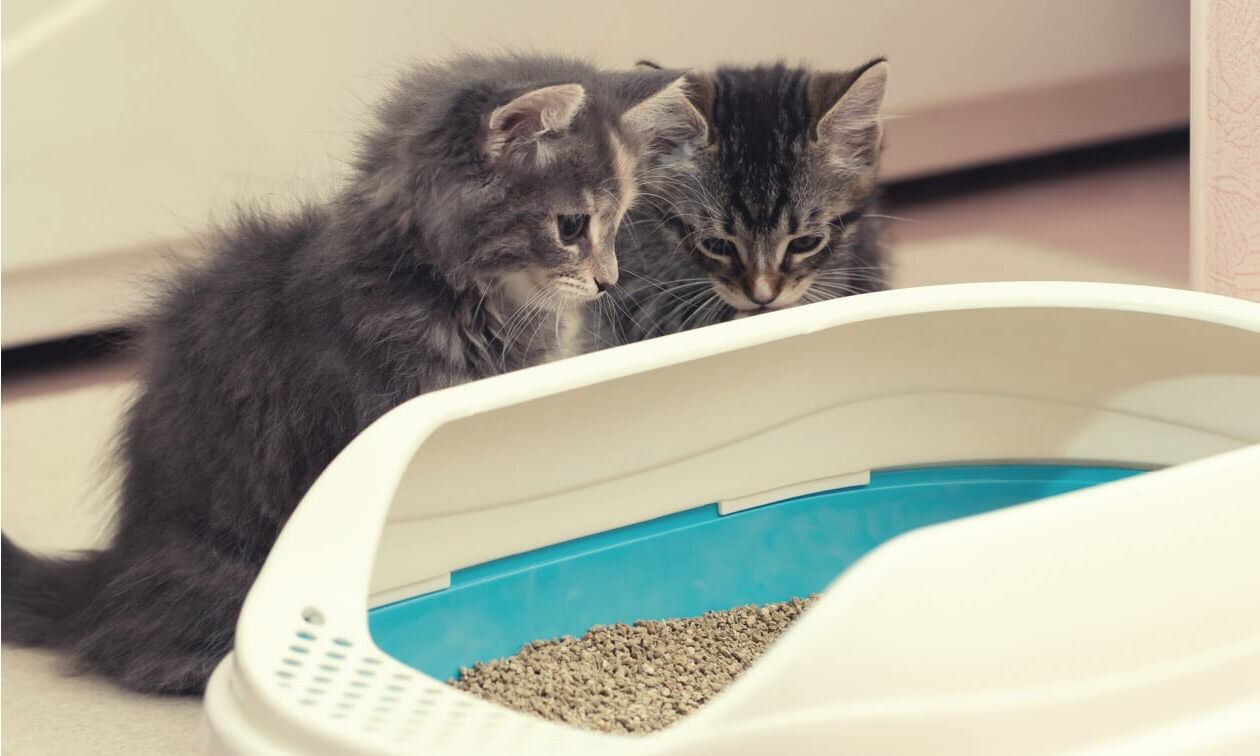
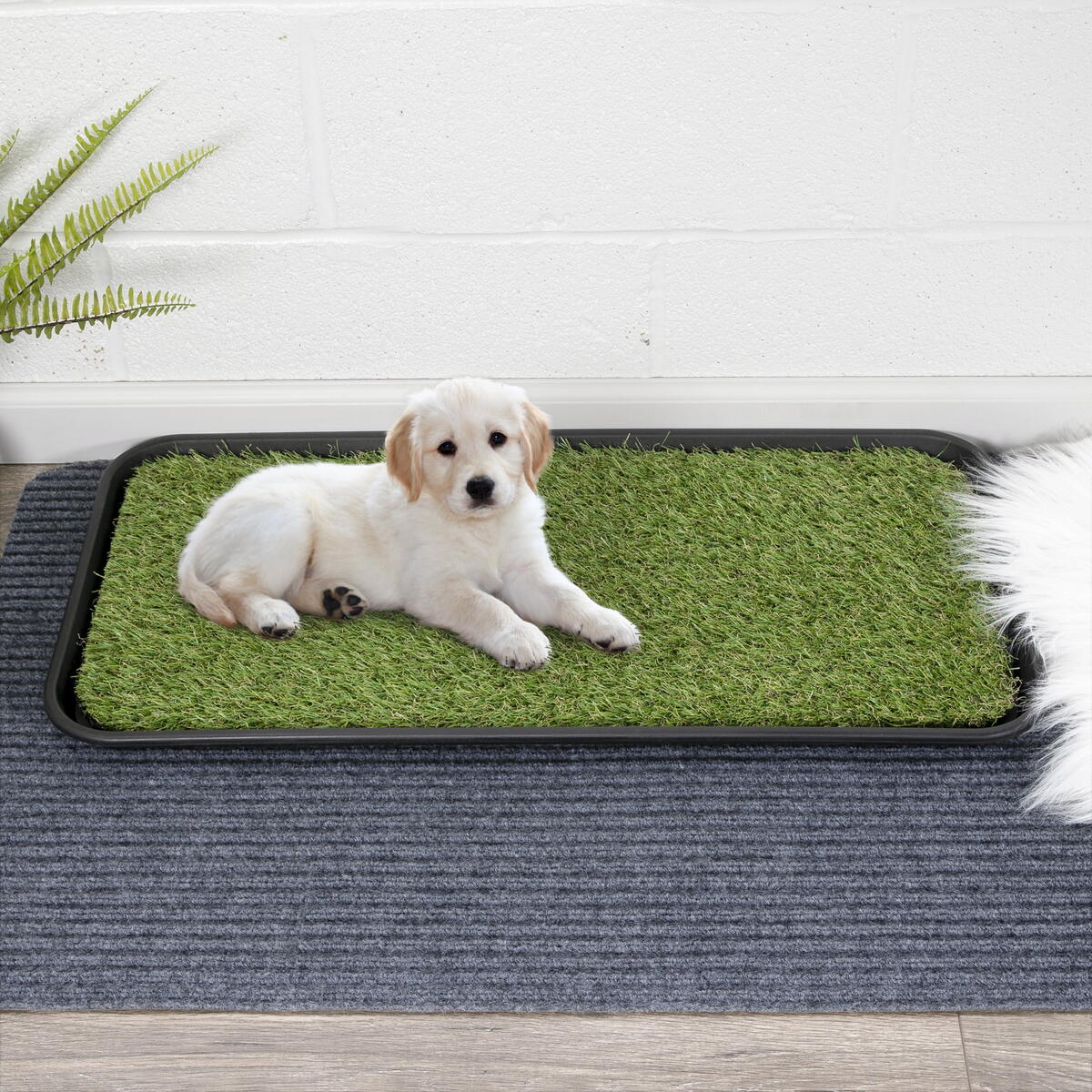
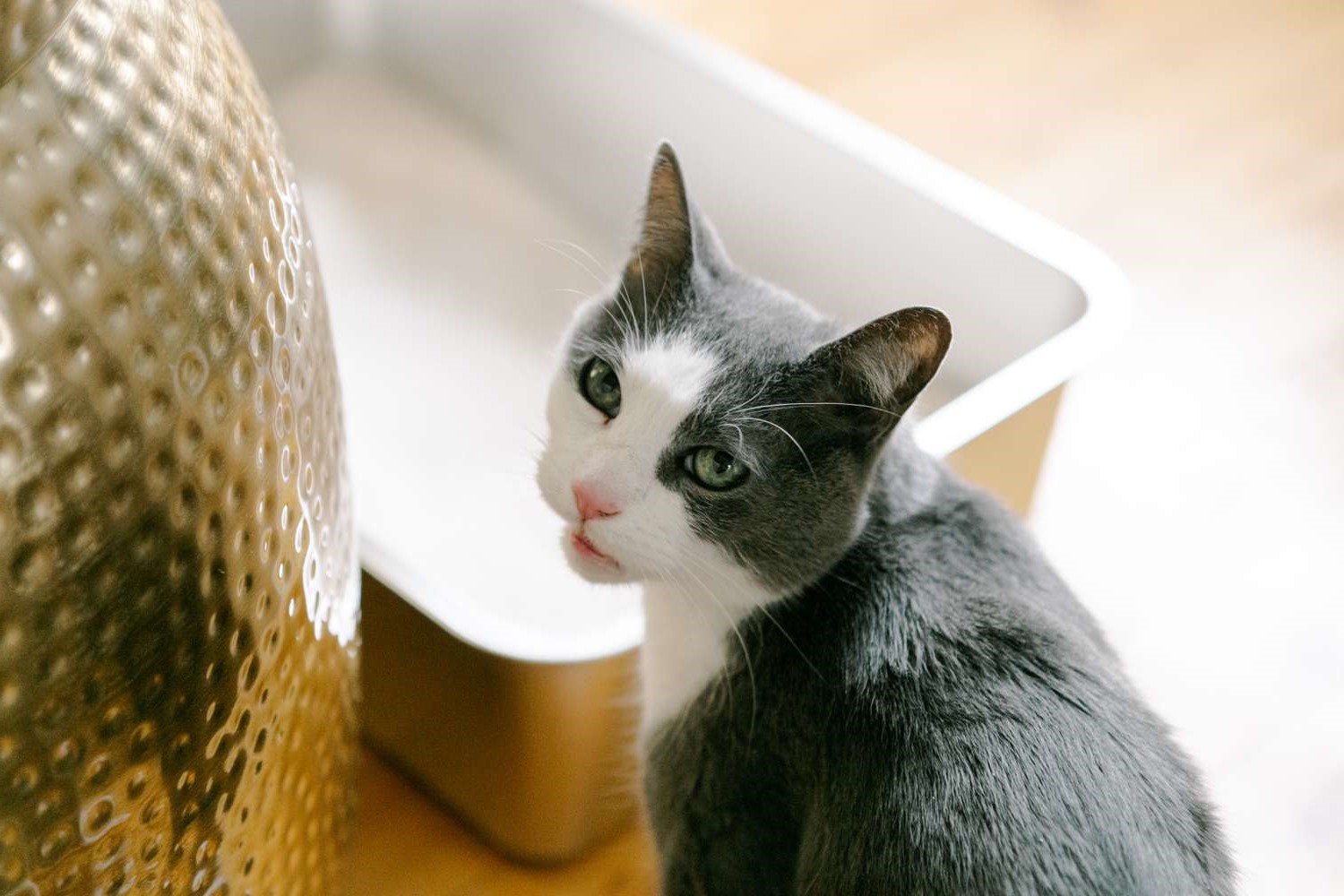
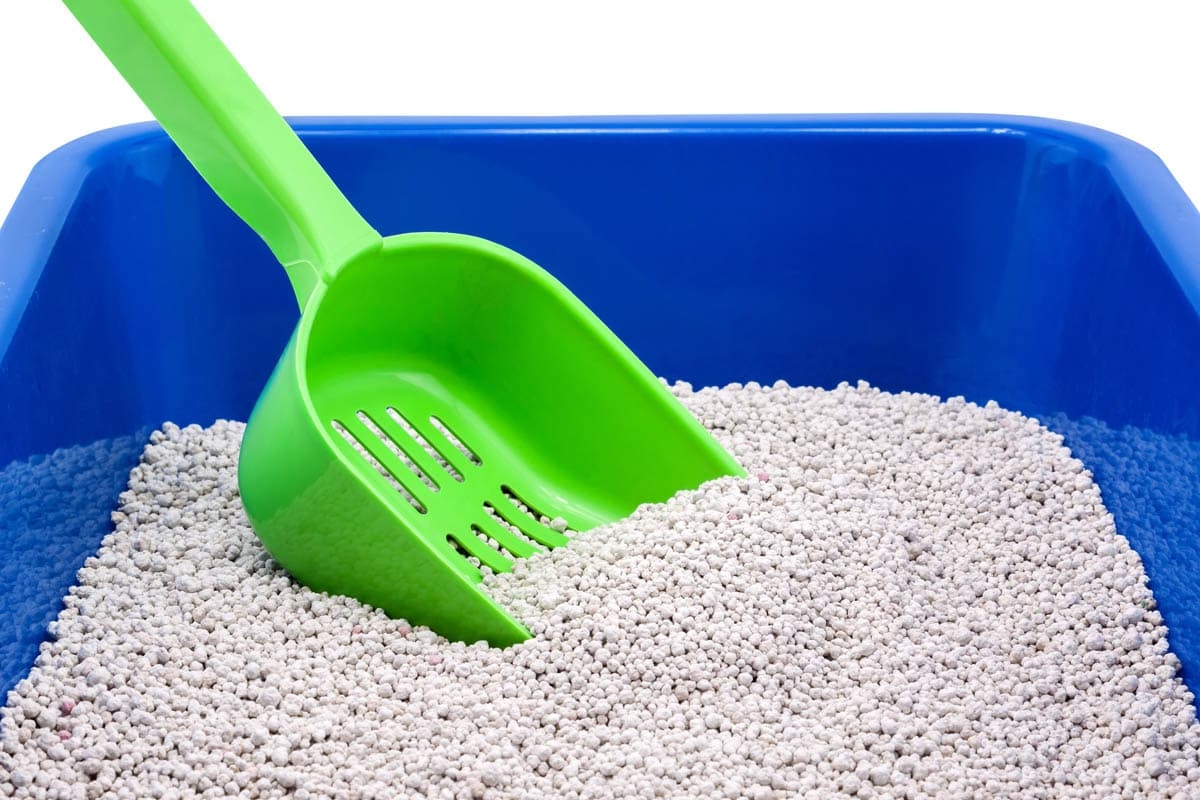
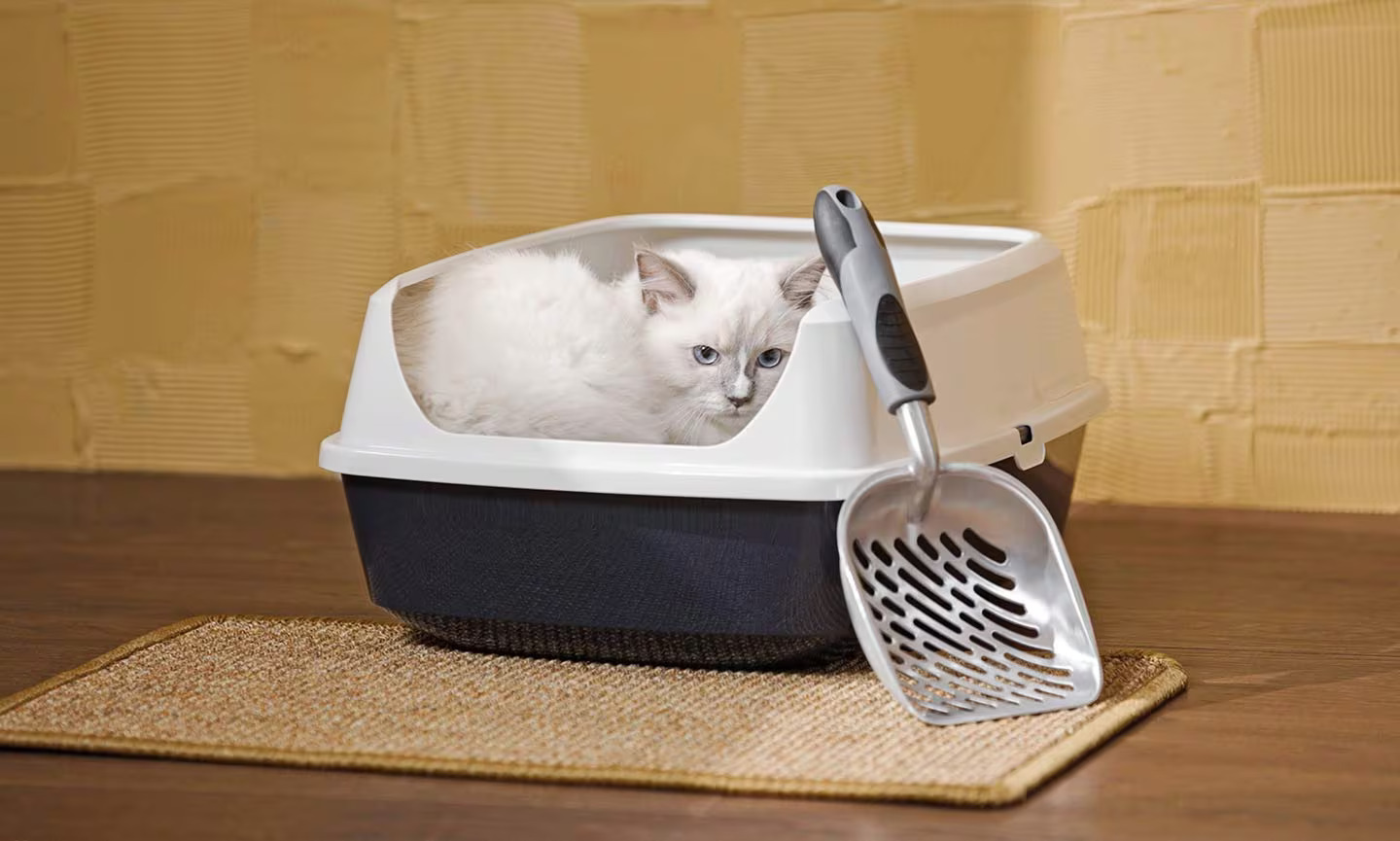
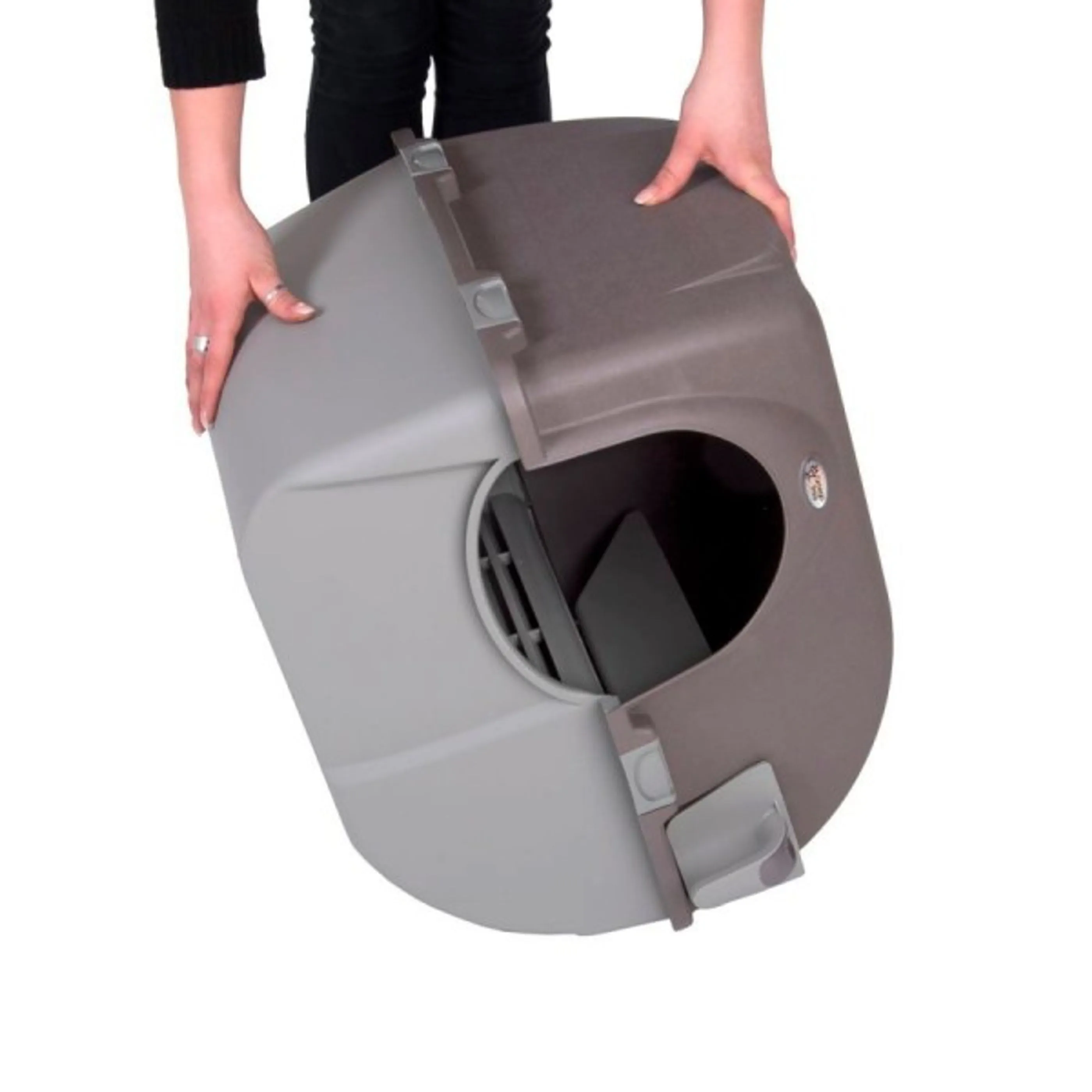
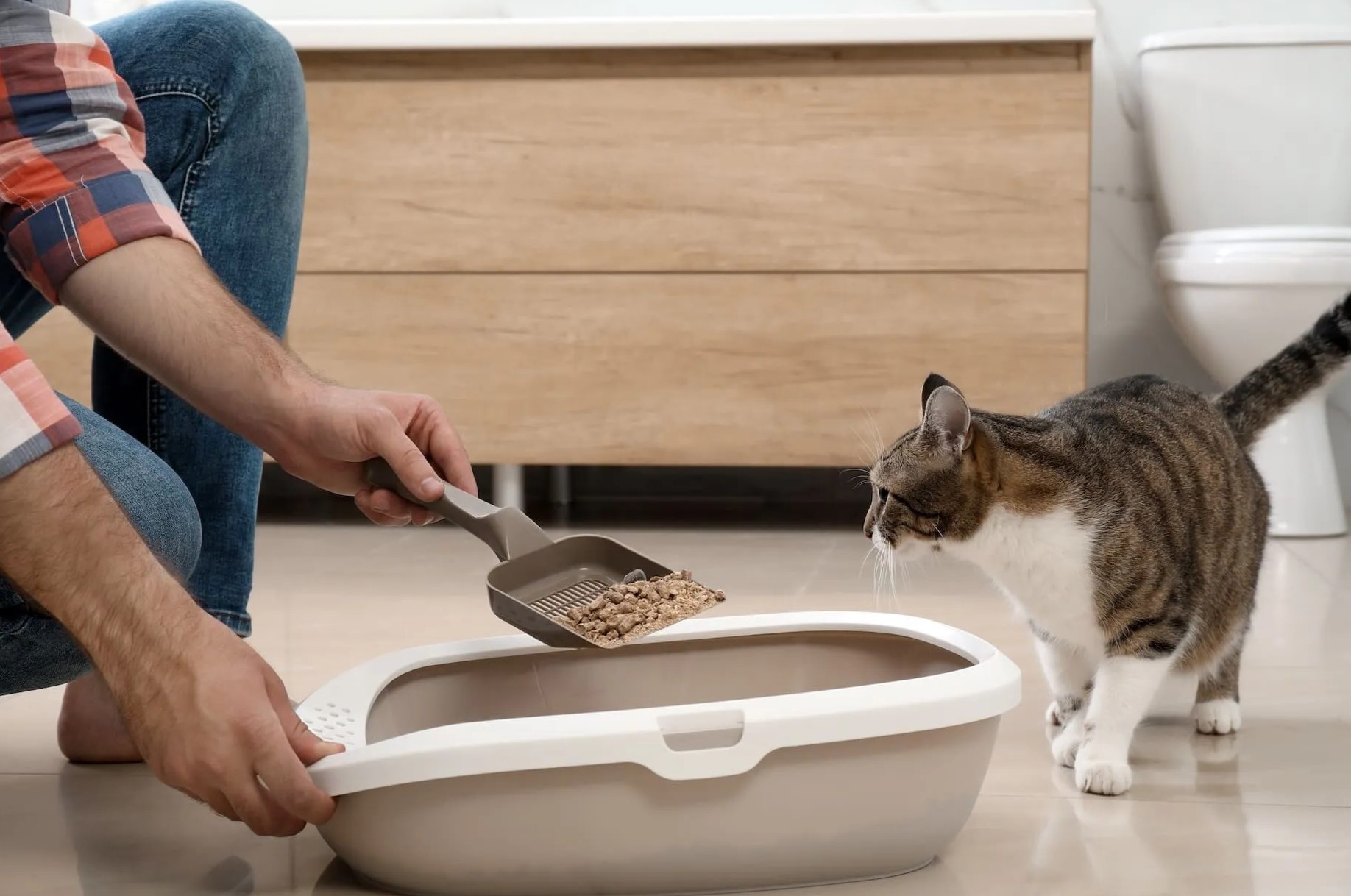
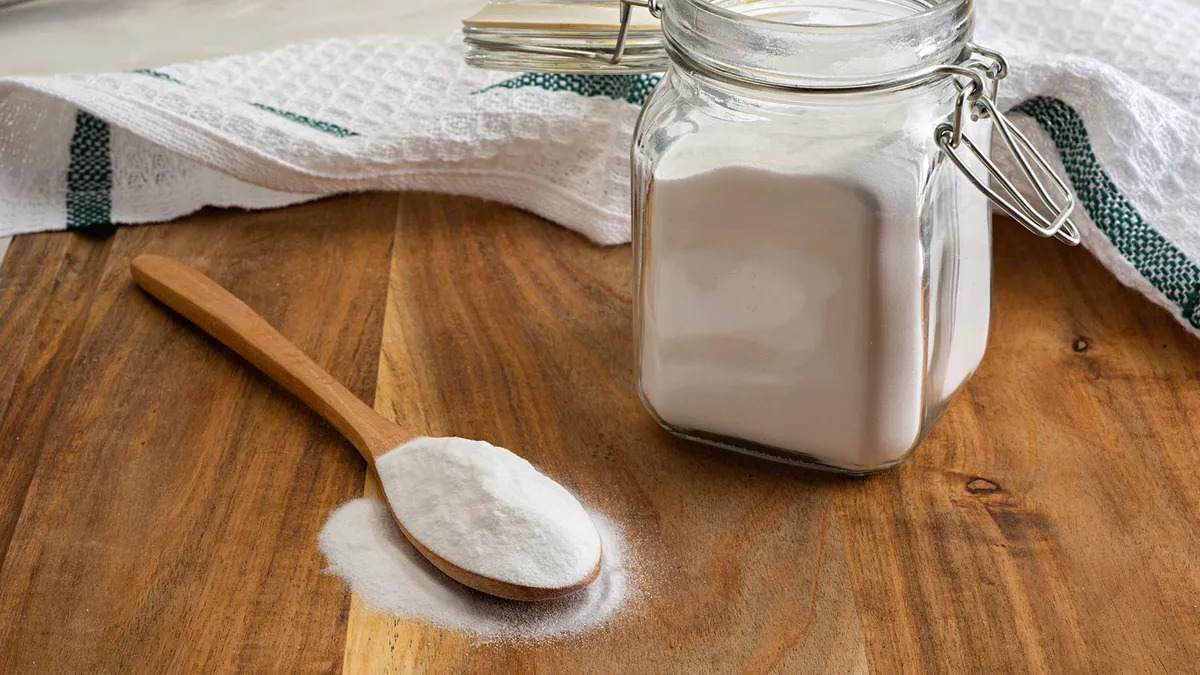
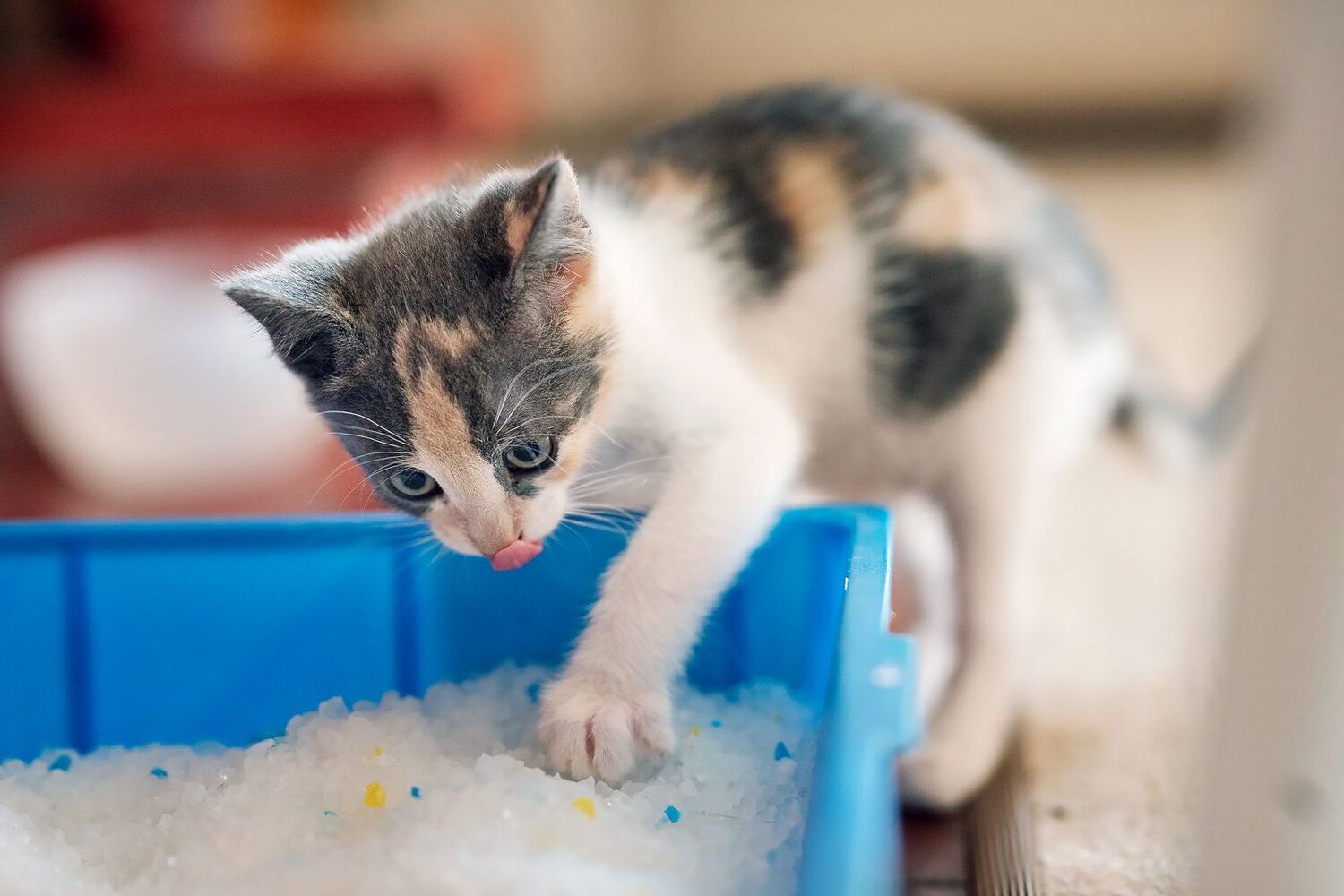

0 thoughts on “How To Train A Puppy To Use A Litter Box”